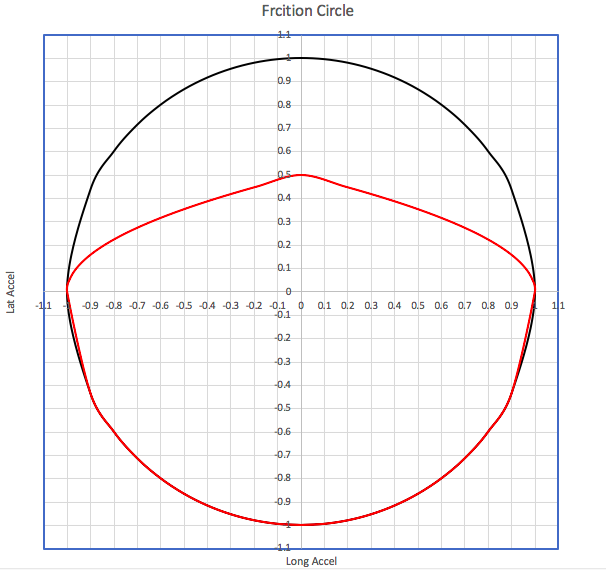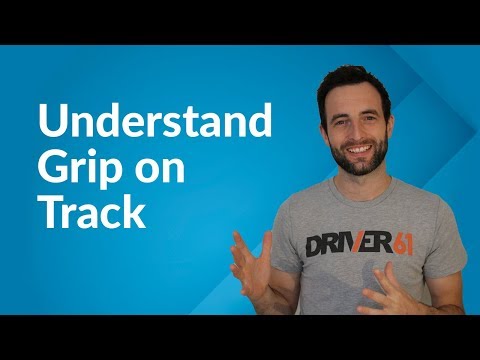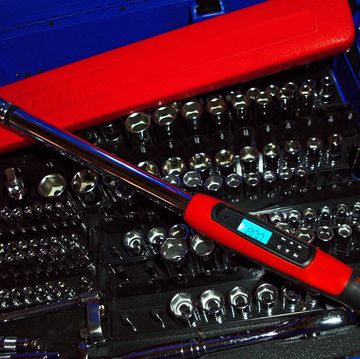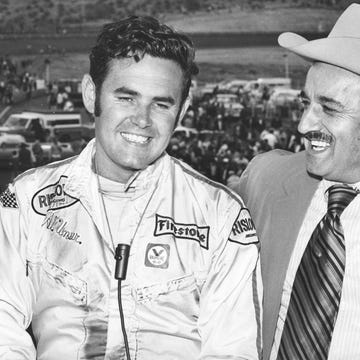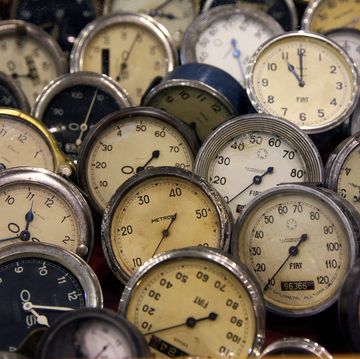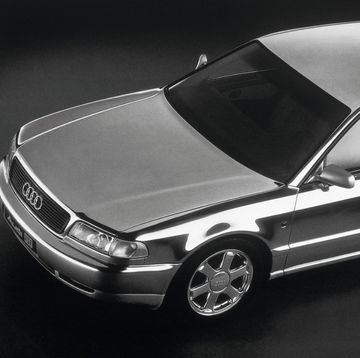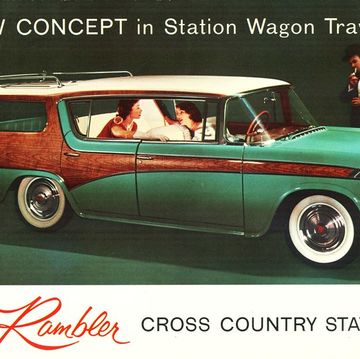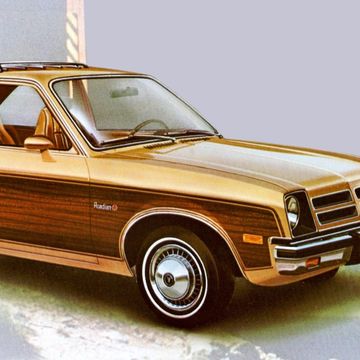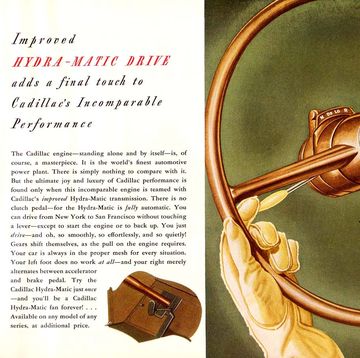You’re on the street and you’re alone. Spanning the horizon, you see the sun cresting and one glorious corner after another. Some are slow, others are fast, with a few nice straights in between. Tire pressures checked and adjusted. Engine warmed up. Gas tank full. It’s time to experience driving ecstasy.
But hold on a tick. Do you understand how quickly you can truly go down this epic street? Yes, your car can decelerate with up to 1 g of force and corner with nearly the same force. But it can’t do both of those at the same time. Modern tires are amazing pieces of technology, but even they have limitations. It comes down to friction forces and vector math. Your car and tire combine to provide one total friction force, but when it’s applied in two different directions at the same time, that one force is split up. A friction circle sees how it’s split and gives you an opportunity to better maximize your tires.
The friction circle is literally a plot on a chart representing a tire’s maximum grip in both the lateral (cornering left or right) and longitudinal (braking and accelerating). Usually, though it varies, turning right is positive lateral grip, and turning left is negative lateral grip. Accelerating is positive longitudinal grip, and braking is negative longitudinal grip. Finally, lateral acceleration, or lat accel, is on the right/left or x-axis and longitudinal acceleration, or long accel, is on the up/down or y-axis.
From the chart you see above, there are two “circles.” The one in black is an actual circle and represents the theoretical grip of the tire in every braking, accelerating and turning scenario. The one in red represents a more realistic representation of a typical, less-than-supercar-level street car, as the engine can only accelerate a vehicle so quickly. In other words, you’re engine limited, not tire limited.
From the chart you see that as you begin to add cornering or lateral force to the car, it loses the capability to either brake or accelerate. You have to balance the two. That’s why if a tire is already squealing in a corner and you hit the brakes, it starts to understeer and turns less. The tire simply cannot manage doing both forces at the same time.
Let’s say you enter a tight corner and are slowing down as you turn. Based on the chart, if you’re turning at 0.7 g of force, you can also brake at about 0.7 g. As you turn harder and approach 1 g, ease off the brakes. Then, as you come out of the corner, ease on to the gas and take steering away. Do it right and you’ll maximize what the tire can achieve and corner as quickly as the car is capable of.
Of course, this applies on a racetrack, as well. And the true experts at managing the friction circle are usually the ones standing on the podium at the end. To learn more about how the friction circle works and how to improve your driving, check out the video below. Now go out there and experience ecstasy!


